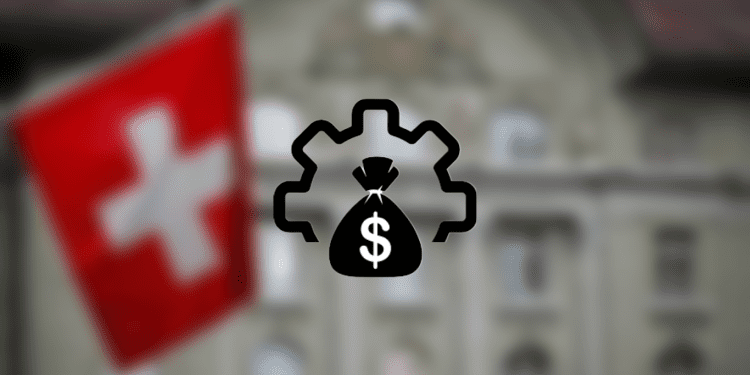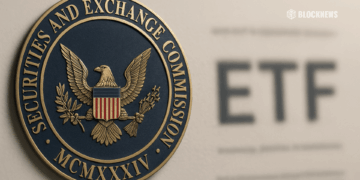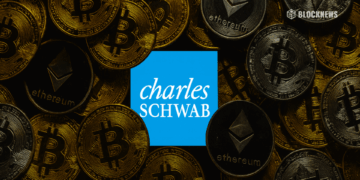Many will argue there is no better way to grow your wealth than to let it sit and pay you interest, especially if that asset can become deflationary. It is nothing new when staking ETH or other digital assets. One can do this on Coinbase, Binance, Kraken, and many more crypto exchanges. Now SEBA Bank wants in on the fun. Let’s dive into SEBA bank and what has led them to offer Ethereum Staking.
SEBA Bank, Technology and Finance, In Real Time
SEBA Bank was founded in April 2018 and operates in Zug, Switzerland. The Swiss bank touts itself as “the perfect symbiosis of Technology, Blockchain and Banking.” per its website. SEBA offers digital services, including investment, institutional, trading, and credit products. Additionally, they provide corporate finance, banking, and digital custody systems.
In addition to providing its services to asset managers, accredited investors, and family offices, they also offer its services to many blockchain native companies. In short, they aim to connect digital and traditional assets as crypto catches steam. It will be interesting to see how these different bank companies compete to get the most customers during the next bull run. Right now, they are building a foundation during the bear. Perhaps banks’ staking pools would offer different percentage returns, providing healthy competition benefiting customers.
What’s the importance?
When we see companies aiming to blend the pillars of traditional finance with new digital technologies, it is a good sign for the space at large. Finally, we have banking, one of the most antiquated industries in the world, starting to embrace new changes. It can be frustrating to see gatekeepers jump on the crypto train, but ultimately, it is needed for mass adoption as it casts a wide net. Without a shift in this way, it would take immensely longer to get to where we want to be.
SEBA Starts Staking
With the month of the Ethereum merge upon us, SEBA announced that it would be offering institutional access to Ethereum staking services. This offering will play a part in more adoption and integration regarding crypto from companies such as SEBA. In addition, Ethereum 2.0 will reduce its energy consumption by 99.95% when the merge completes and is another green light.
Many criticisms of crypto have come from its inefficient use of power due to the energy requirements of conducting Proof of Work (PoW). However, institutional customers seek these services more per their clients’ requests, pushing companies in this direction. Bitcoin is still highly coveted in this asset class, though with ETH being the second biggest crypto and coming out swinging with ETH 2.0, it could prove to be an ultrasound money investment.
A Win-Win
As Ethereum moves from Proof of Work to Proof of Stake, it lends many new opportunities. And a lot of them are a win-win scenario. As we see institutional money take advantage of crypto and staking, there are a lot of positives for both the Ethereum network and the institutions involved.
Not only are more clients getting access to digital assets, but it will also help to secure the network. Many consumers these days at large want eco-friendly and secure options. And from a company perspective, it is wise to listen to what your customers want versus keeping things the same just because it’s easy. Banks like SEBA are starting to embrace this more and showing their competitors it’s possible.
The Merge & Moving Forward
With more institutions getting involved with offerings, as we see here with SEBA bank, it will be a pivotal point to long-term growth and the snowball effect of adoption. The early crypto-centric population has cracked open the door for institutions and our more traditional peers to realize that there is certainly potential in the space, especially in the long term.
When the ETH merge completes, it will be a bat signal for the next wave. Many big firms are setting themselves up for the influx of new users. It is simply just a slow process with regulations that are currently in place. After the ETH merge parties are over, we will still have another show to watch and, in the meantime, get our ducks in a row. That is, of course, the merge of traditional finance with crypto.














